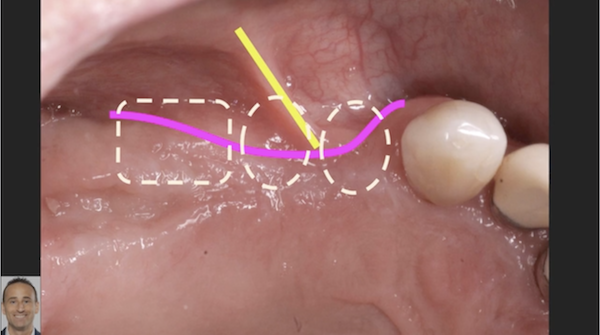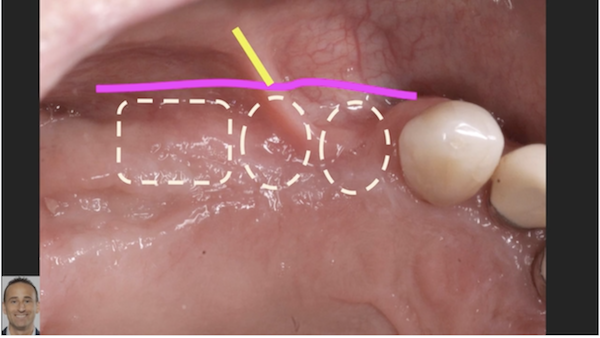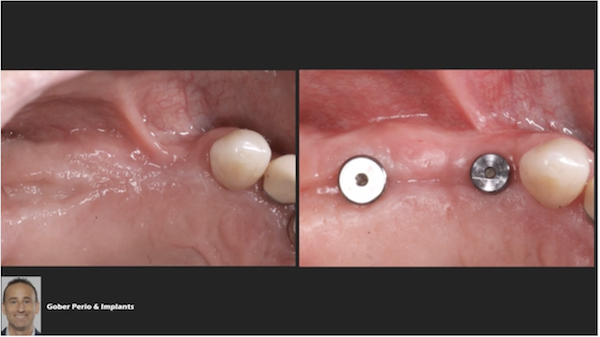This case video reviews specific techniques for implant uncovery following a successful GBR to help provide a stable peri-implant tissue complex. The goal in the case was to get rid of the high frenum attachment, and push back the mucogingivial junction more apically. This would ultimately restore more contour for the restorations ensuring a proper emergence profile and providing a nice band of keratinized tissue buccal to the implant crowns.
References
1. Compend Contin Educ Dent . 2015 Apr;36(4):290-2, 294, 296-7. Dental implant uncovering techniques with emphasis on increasing keratinized mucosa. David E Azar
The author describes the following methods of implant uncovering that emphasize enhancement of the keratinized mucosa: the punch technique; buccally advanced flap; roll flap; tissue preservation technique; free connective tissue graft; and pedicle flap.



1 Like
Nicely done. Great final result.
Thanks for the feedback. Always thought the uncovery visit should be used as an additional opportunity to maximize soft tissue contouring instead of just exposing the implant.
Agreed. Second surgery allows to evaluate healing and plan for final result. Would you be opposed to using accelular dermal matrix to enhance soft tissue phenotype and quality in order to minimize donor site morbidity?
I am not sure what you are asking relative to this case. There was no graft or donor site employed here. Just some apically displaced partial thickness flaps and repositioning of existing KT. In general, though, dermal allografts have not been shown to increase the zone of keratinized tissue predictably due to the lack of genotype present.
I should have worded it better; my bad. What specifically I was meaning to say was not necessarily donor site in this case as there was not an actual donor site. My main question was pertaining to your opinion about the use of dermal allografts which I agree with (i.e., lack of genotypic representation when implanted). Thanks for your input.


